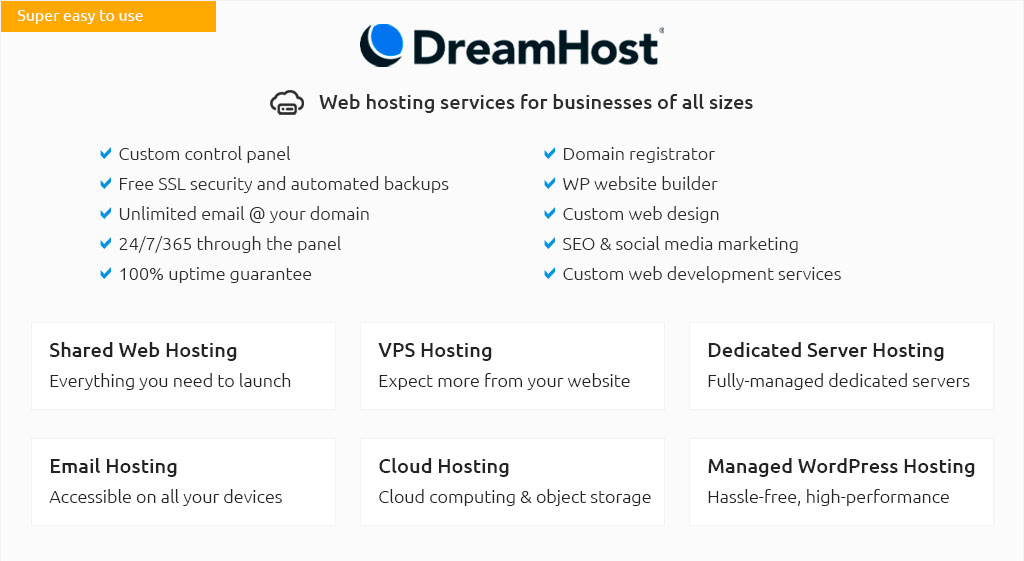 |
|||
 |
 |
 |
|
 |
|
 |
 |
 |
|||
 |
|||
 |
|||
 |
|||
 |
|||
 |
|||
 |
 |
How to Move a Website to a New Host: A Comprehensive GuideMoving your website to a new host can seem daunting, but with careful planning, it can be a smooth process. This guide will walk you through the essential steps to ensure a successful migration. Understanding the Reasons for Switching HostsBefore you move, it's crucial to understand why you might want to switch hosts. Common reasons include:
Preparing for the Migration1. Backup Your WebsiteBacking up your website is a critical step. Ensure you have copies of all your files and databases. This safeguard protects your data in case anything goes wrong during the transfer. 2. Evaluate Hosting PlansBefore making the move, evaluate different hosting plans to ensure you select one that meets your needs. Consider factors such as aws hosting cost and service level agreements. 3. Set Up a New Hosting AccountOnce you've chosen a new host, set up your account. Ensure the plan you select provides enough resources for your website's requirements. Transferring Your Website1. Upload Files to the New HostUsing an FTP client, upload your website files to the new server. Ensure the directory structure is maintained to avoid broken links. 2. Migrate DatabasesUse tools like phpMyAdmin to export and import databases between your old and new host. Double-check that all tables and data have transferred correctly. 3. Update DNS SettingsUpdate your domain's DNS settings to point to the new server. This process can take up to 48 hours to propagate globally. Post-Migration Steps1. Test Your WebsiteThoroughly test your website on the new host to ensure everything functions correctly. Check links, forms, and other interactive elements. 2. Monitor PerformanceMonitor your website's performance and loading speed. If you encounter any issues, consult your new host's support team for assistance. FAQHow long does it take to transfer a website to a new host?The transfer can take anywhere from a few hours to a couple of days, depending on the size of your website and the DNS propagation time. Will there be any downtime during the migration?If planned carefully, downtime can be minimized. It's advisable to schedule the migration during off-peak hours and keep a backup ready to ensure a quick recovery if issues arise. What should I do if I encounter issues after migration?Contact your new host's support team for troubleshooting assistance. They can help identify and resolve any migration-related issues. https://www.godaddy.com/resources/asia/skills/hosting-migration-how-to-transfer-your-website-to-a-new-web-host
We've created this guide on how to transfer your website to a new web host. Read it and you'll be able to migrate your website without any hiccups like lost ... https://www.youtube.com/watch?v=lvF_WmIoVnw
Comments19 - How to MANUALLY Migrate Your Wordpress Site (still works in 2025) - Karoline Leavitt Takes REVENGE on Judge in the Most EPIC Way. https://www.reddit.com/r/Wordpress/comments/igufec/what_is_the_best_way_to_transfer_a_domain_and_web/
Backup your DB, web server directory or directories, any special config and the SSL certs. Get the new server online with the backup data. Test ...
|